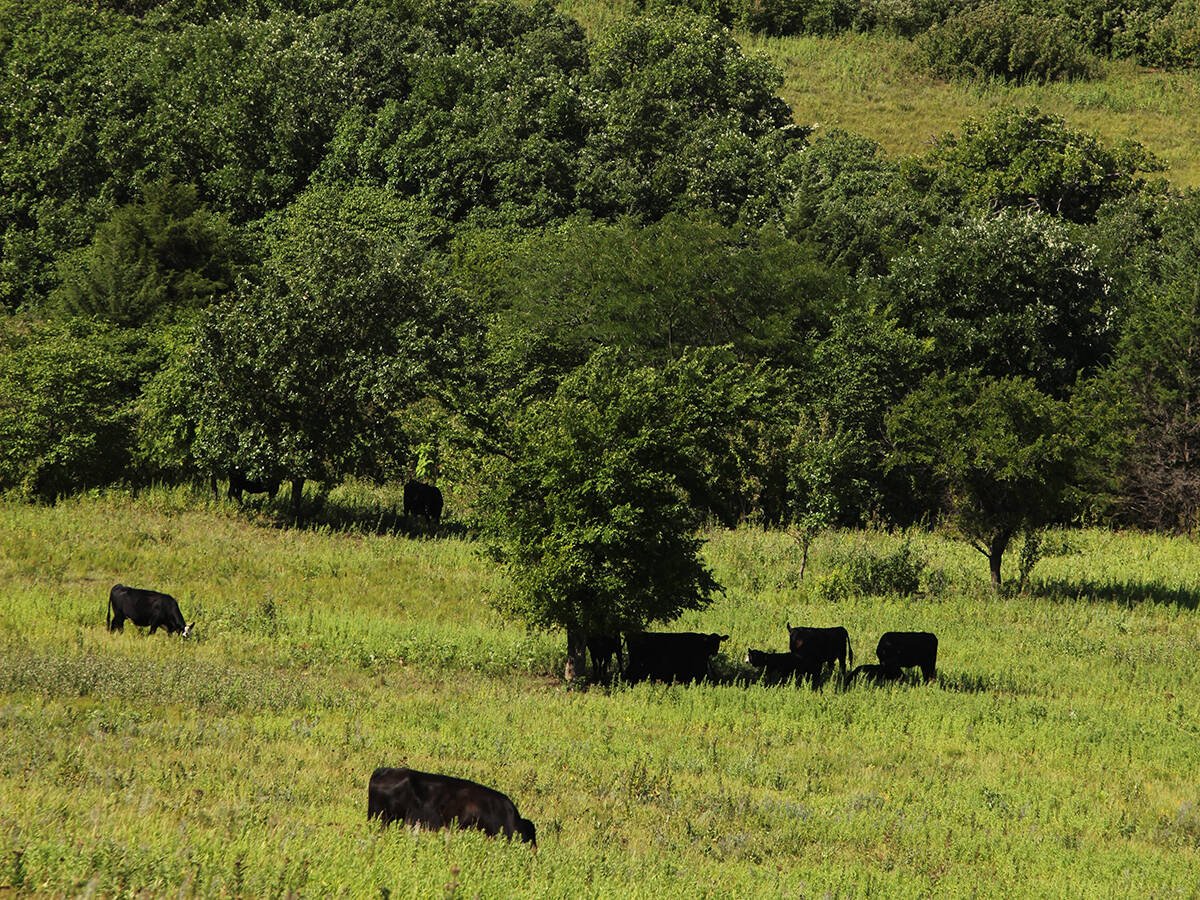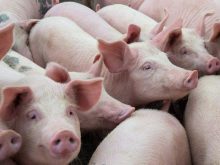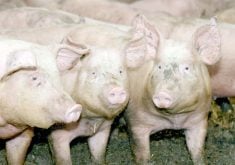The six-month-old red and white Holstein is alert, freshly shorn and preened for its close-up in the 4-H show ring.
Ruby’s owner, Neline Kielstra, spends hours preparing the calf for events like the recent Prairieland Junior Ag Showcase in Saskatoon.
On the night before a show, Kielstra hauls Ruby to the show barn from the family dairy farm near Asquith, Sask., in order to acclimatize the animal to its new surroundings.
“They get used to it so they know what’s happening,” said the 10-year-old member of the Sask Valley 4-H club.
Read Also

Beef cattle more prone to trace mineral deficiencies
The trace mineral status of our cows and calves is a significant challenge for western Canadian producers and veterinarians.
Kielstra is careful to keep Ruby from bolting from the hay-filled stall overnight by securing both its halter and neck collar to nearby rails.
Bathing and grooming before shows are a must if the calves are to look their best. After the performance, they hit the showers again to remove the hair care products from their patchy Holstein hides.
Kielstra said feed and water are limited before shows to keep Ruby from looking bloated in the ring.
“At night, they get a long drink of water and lots of hay,” she said.
Kielstra, who has dabbled in beef and dairy projects, said hair on dairy calves must be brushed in a downward direction, while beef animals must be brushed forward.
Hairs running across the top of the animal must be massaged and sprayed into a straight line. The final touch is to fluff the tail to give it a nice look, she said.
Oils and sprays are used extensively in show animals, but shining spray is restricted to the darker spots of dairy calves. Like hairspray, it keeps animals’ hair in place, Kielstra said.
The calf is chosen for the 4-H project within weeks of its birth. Kielstra has already chosen a calf born in June, Lightning, for next season’s dairy project.
Kielstra looks for a tall calf with a “good barrel” or torso.
“Not too fat, not too skinny,” she said.
Temperament is also important – Lightning is already “excited” and eager to follow her. Regular handling is important from early on, so Lightning has already been shaved and clipped.
Club leader Anna Mulder of Warman, Sask., said first year 4-Hers get help with the animals initially but then do the work themselves.
She finds giving calves regular attention pays big dividends at shows.
“The more they work with them, the better the cow will show,” Mulder said.
“They have learned the cow has feelings and they have to look after the animals the best way possible.”
Mulder said the 4-H project has resulted in her children showing a greater interest in the animals once they join the milking herd.
“They’re in the barns more often and more interested in what’s going on; maybe they’ll want to be involved in farming later on.”














